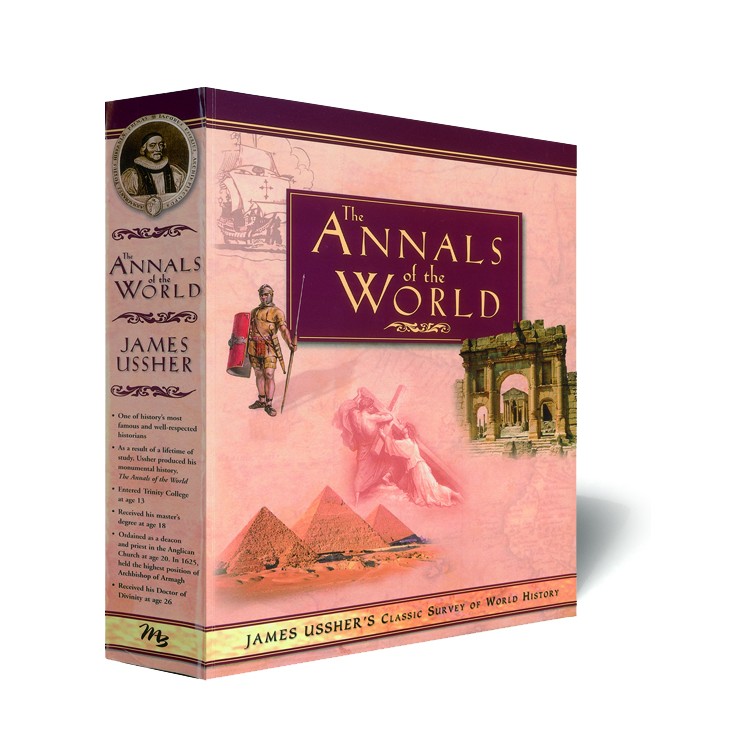
In the Annals, Ussher developed the chronological work of many earlier scholars, in particular Joseph Justus Scaliger (who had pioneered the use of the Julian period in calendrical calculations) to provide a framework for dating the whole Bible historically. The book was the fruit of many years labour as early as the summer of 1640, Ussher had been reported ‘spend constantly all the afternoones’ in the Bodleian working at it (Constantine Adams to Hartlib, Hartlib Papers, 15/8/3A–4B). Ussher calculated this timing in his Annals, a work of biblical chronology which he published in Latin in 1650 (Hartlib noted its progress through the press with great interest), and which was translated into English in 1658. As such, he was valued by Hartlib and Dury, both of whom helped him at times with his scholarly work and looked to him as a potential patron for their own schemes.ĭespite his success as a churchman, Ussher is perhaps most famous for having dated the start of the creation to the evening before 23rd October, 4004 B.C.

A staunch defender of episcopacy, he was nevertheless respected on all sides during the religious upheavals of the 1640s and 1650s, and regarded as the person most likely to achieve an accommodation between the Presbyterians and the Church of England.

James Ussher (1581–1656), archbishop of Armagh, was the pre-eminent figure in the contemporary Church of Ireland, and a leading patron of scholarship at Trinity College, Dublin. Depicted are, from top to bottom: Adam and Eve in the Garden of Eden, flanked by the figures of Solomon and Nebuchadnezzar (builder and destroyer of the first Temple respectively) the first Temple and its destruction the second Temple and its destruction and, flanking a scene of the Last Supper, the figures of Cyrus and Vespasian (facilitator and destroyer of the second Temple respectively).

The title-page of Ussher’s Annals of the World, illustrating, in synchrony, scenes from the Old and New Testament.


 0 kommentar(er)
0 kommentar(er)
